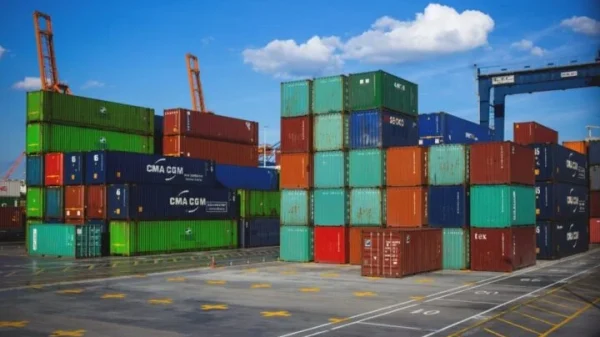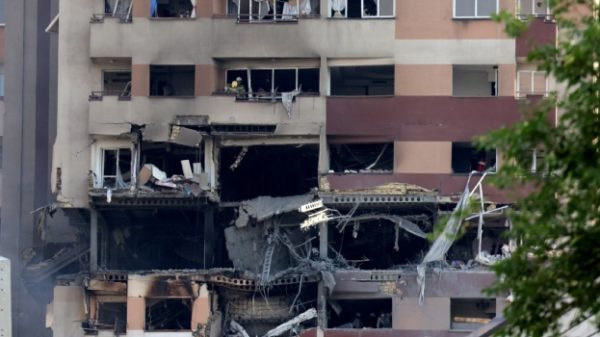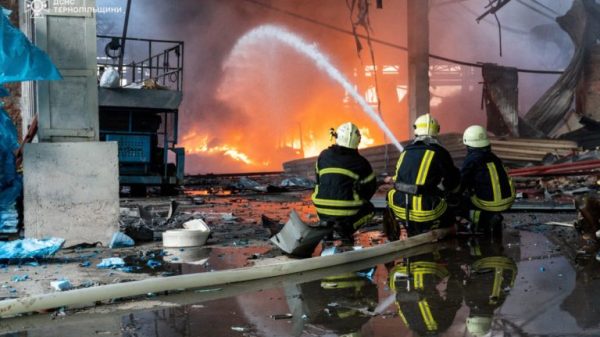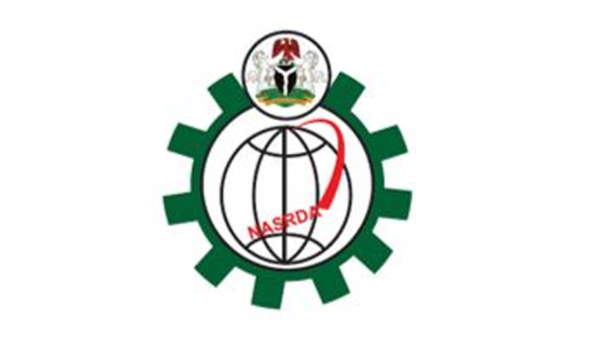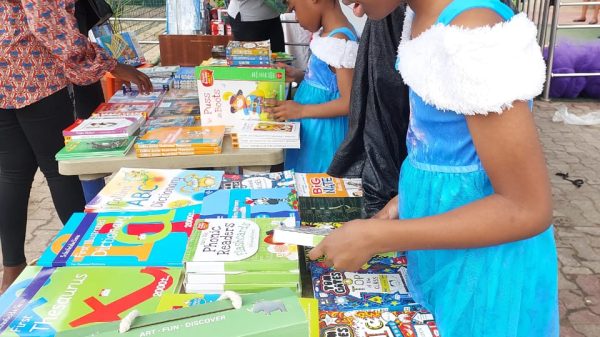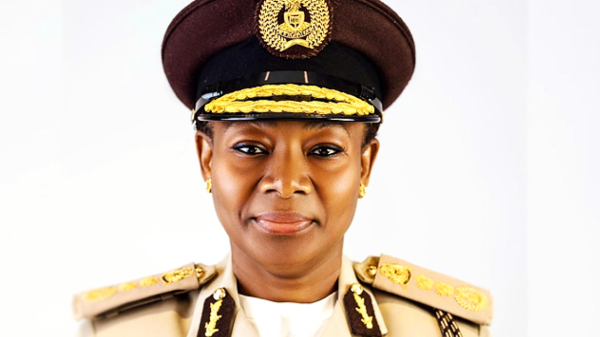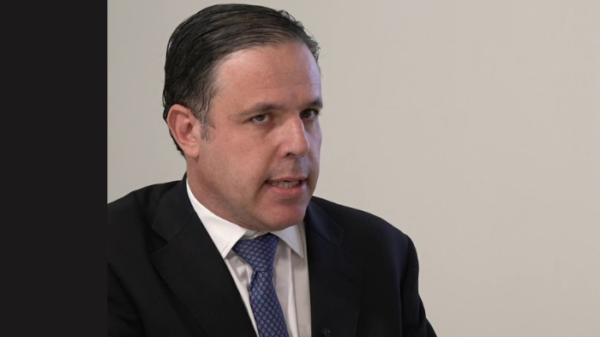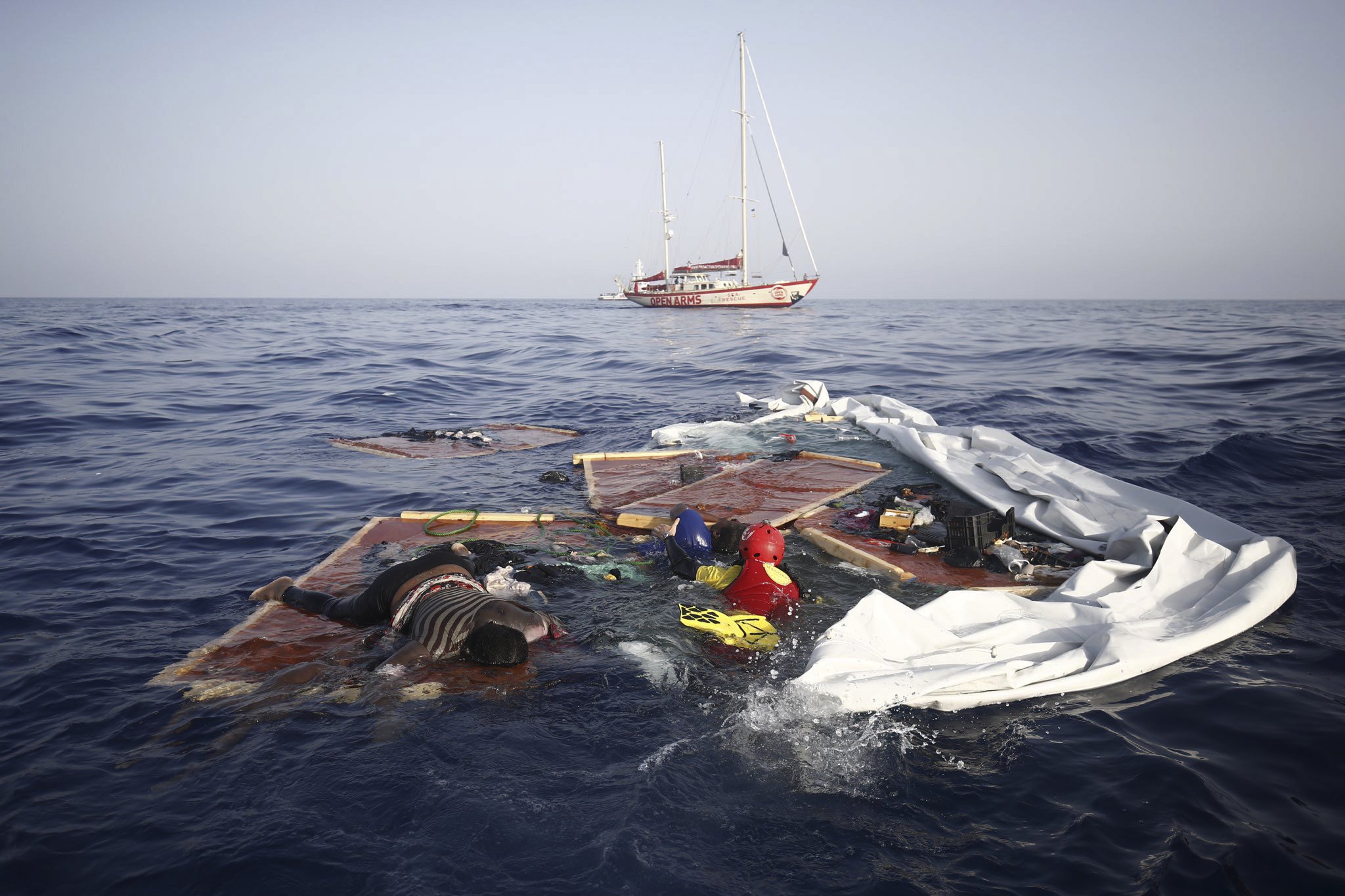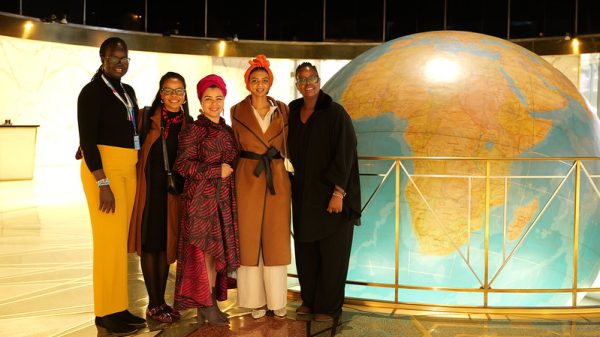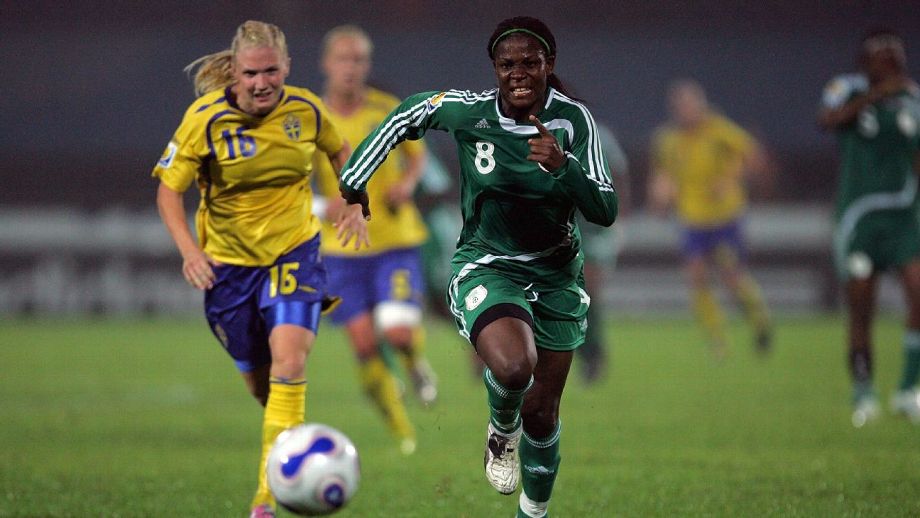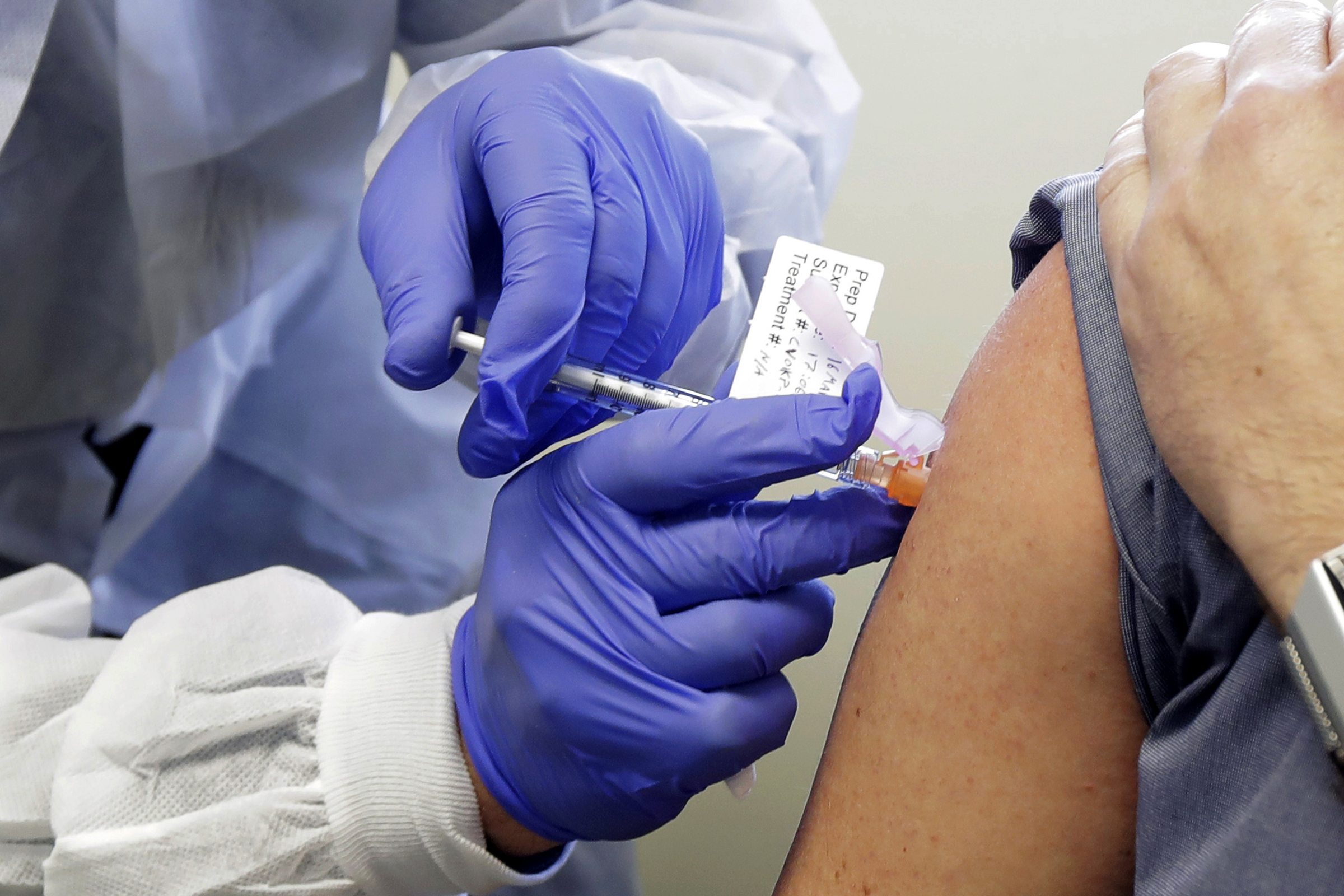In response to growing security concerns in Europe, several Nordic countries have recently issued updated guidance to help citizens prepare for crises, including the possibility of war. Sweden, Finland, and Norway have all released new or updated pamphlets and digital brochures offering advice on how individuals can protect themselves in the event of unexpected emergencies such as war, extreme weather, or natural disasters.
Starting this week, millions of Swedes will receive an updated version of the widely known pamphlet, “In Case of Crisis or War.” The guide, which has been revised for the first time in six years, addresses concerns sparked by the ongoing conflict in Ukraine and increasing global instability. Sweden’s government has increased the pamphlet’s size to cover more detailed information and survival strategies.
The guide’s message has shifted, reflecting the country’s changing defense posture after joining NATO earlier this year. One key message that has been highlighted is the commitment to never surrender in the face of foreign aggression. The updated pamphlet encourages Swedish citizens to prepare for emergencies and outlines steps to ensure they can survive independently for at least 72 hours.
Across the border in Finland, the government has also published a new online guide titled “Preparing for Incidents and Crises,” which provides similar instructions on self-sufficiency during an emergency. Finland, which shares a long border with Russia, has always placed a strong emphasis on military readiness. The new guide includes recommendations on how to survive prolonged power outages during harsh winters, and it also advises citizens to store long-lasting food and iodine tablets in case of a nuclear emergency.
Norway, meanwhile, has distributed physical copies of a preparedness pamphlet to all 2.2 million households. The guide covers various potential crises, including extreme weather events like floods and landslides, and encourages Norwegians to stock up on essentials such as food, medicine, and emergency supplies.
In a sign of the growing concern in the region, Denmark’s emergency management agency also reached out to its citizens, offering digital information on what supplies to gather in preparation for potential crises.
While Sweden and Finland have updated their preparedness guides, Norway has chosen to focus on digital communication, as it believes a digital guide would be easier to update and distribute efficiently. However, Tore Kamfjord, who leads Norway’s campaign on self-preparedness, stressed the importance of having these materials readily available in every household.
The Nordic countries’ approach reflects a broader shift in European defense strategies in response to recent events, especially the Russian invasion of Ukraine. As these nations increase their defense capabilities, their citizens are encouraged to become more self-reliant and proactive about crisis preparedness.
As part of these efforts, the guides recommend having food and water supplies ready for up to three days. In Sweden, this includes items like potatoes, cabbage, carrots, and long-lasting packaged foods. Finnish citizens are urged to prepare for the possibility of being without electricity during the winter months, with an emphasis on stocking up on easy-to-cook meals and maintaining a backup power supply.
For many in the region, the release of these guides serves as a wake-up call about the reality of potential threats. As Sweden’s Civil Defence Minister Carl-Oskar Bohlin stated last month, the updated information is designed to ensure the population is well-prepared for any unforeseen crises that may arise, including the possibility of war.
With the growing tension between Russia and NATO countries, the Nordic nations’ renewed focus on preparedness reflects their ongoing efforts to enhance national security and ensure citizens can survive independently in the face of challenges.


